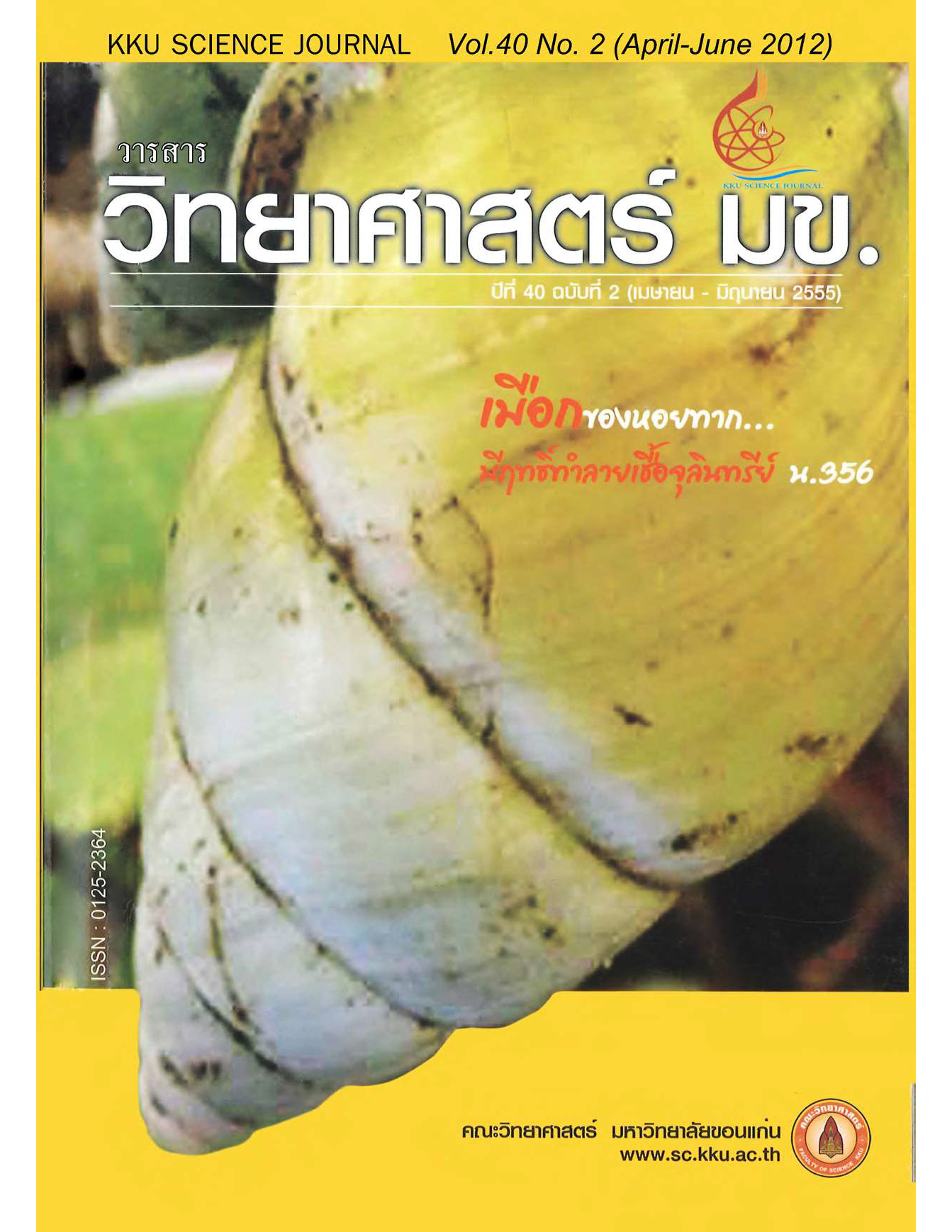Passive Sampling for Air Quality Monitoring
Main Article Content
Abstract
Passive sampling is a useful tool for environmental analysis as well as in the field of air quality monitoring. As its invention more than three decade ago, it is now widespread using for air pollutants monitoring around the world with various area ranging from private workplace exposure to global issues of climate change. It was developed and applied for various types of analytes of interest e.g. heavy metal, inorganic compounds and organic compounds. Since it consists of two types i.e. diffusion- and permeation-types with varieties of geometry and configurations such as radial, tube, badge and cartridge, the user has to select an appropriate one for their applications. Based on the difference in the pollutant concentration, they diffuse from the environment to collecting media in the device. Because of this, many meteorological factors e.g. wind speed, relative humidity, temperature could influence to collection efficiency and reliability. Thus, the users have to take account for these parameters, when passive sampler is employed. In this reviews, the applications of passive sampler for air quality monitoring were summarized by dividing into three categories according to their chemical properties i.e. heavy metal, inorganic and organic compounds. Environmental parameters have also been discussed.
Article Details

This work is licensed under a Creative Commons Attribution-NonCommercial-NoDerivatives 4.0 International License.


